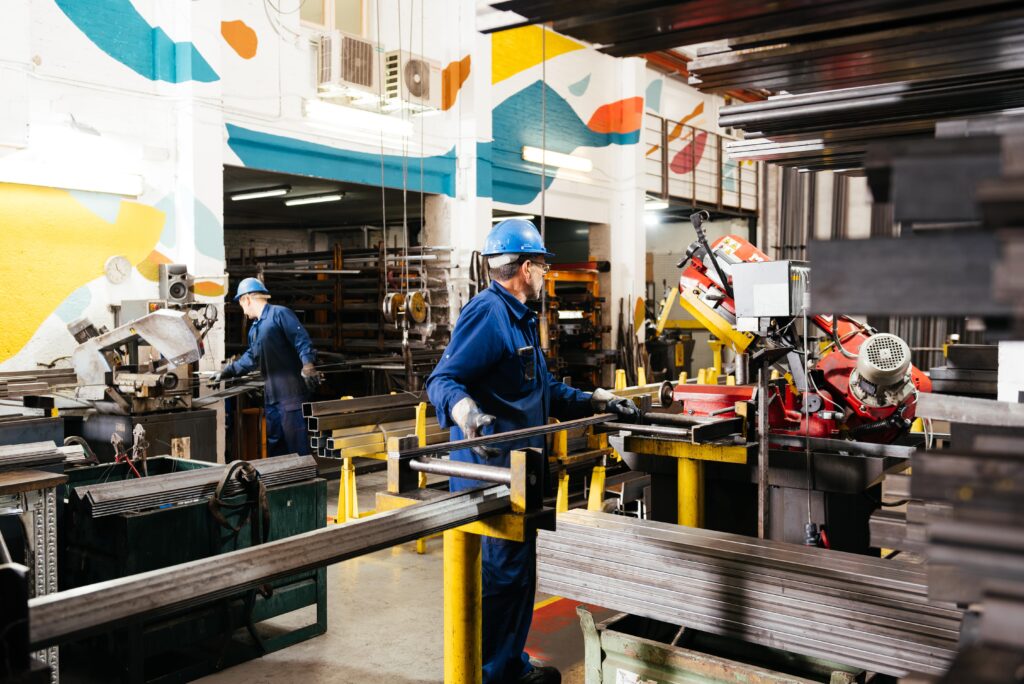As the industrial sector continues to evolve, the integration of connected worker solutions with existing systems has become a critical aspect of operational efficiency. One such solution that is making waves in the industry is FAT FINGER, a digital workflow procedure builder that empowers front-line teams to do their work correctly every time. This article explores the challenges and strategies associated with Integrating such solutions and how FAT FINGER can help overcome these hurdles.
Challenges in Integrating Connected Worker Solutions

While the benefits of connected worker solutions are undeniable, their integration with existing industrial systems is not without challenges. Here are some of the most common ones:
- Compatibility Issues: Existing industrial systems may not be compatible with new connected worker solutions, requiring significant modifications or upgrades.
- Data Security: With the increased connectivity comes the risk of data breaches, making robust security measures a necessity.
- Employee Resistance: Workers may resist the change due to fear of technology or concern about job security.
- Cost: The financial investment required for integration can be substantial, especially for small and medium-sized enterprises.
Strategies for Successful Integration

Despite these challenges, successful integration of connected worker solutions is achievable with the right strategies. Here are some effective approaches:
- Choose Compatible Solutions: Opt for solutions that are compatible with your existing systems to minimize disruptions. FAT FINGER, for instance, offers a drag & drop workflow builder, mobile & desktop workflows, dashboards, integrations, augmented reality, IoT device connectivity, and artificial intelligence coaching.
- Invest in Security: Prioritize data security to protect your operations from potential breaches. FAT FINGER ensures secure data handling and storage.
- Provide Training: Equip your workers with the necessary skills to use the new technology. FAT FINGER’s user-friendly interface makes this process easier.
- Plan Financially: Consider the long-term benefits of the investment, such as improved efficiency and reduced errors, when planning your budget.
Case Study: FAT FINGER in Action
One of the best ways to understand the benefits of Integrating connected worker solutions is through real-world examples. FAT FINGER has been successfully implemented across various safety, maintenance, and operations areas, including:
- Safety: Take 5 Safety, Near miss reporting, JSA / JHA, Risk Assessment, Incident reporting, Journey report
- Operations: Material Inspection, Quality Control, Shift Handover, Facility inspection / Production rounds, Line Changeover, Field ticket
- Maintenance: Work Order Checklist, Truck inspection checks, Mobile Asset Inspection, Shutdown / Turnaround form, Preventive maintenance inspection, Predictive Maintenance
These implementations have resulted in significant improvements in operational efficiency, safety, and productivity.
Conclusion
Integrating connected worker solutions with existing industrial systems can be a complex process, but with the right strategies and tools like FAT FINGER, it is a worthwhile investment. By overcoming the challenges and leveraging the benefits, businesses can unlock operational excellence and stay ahead in the competitive industrial sector.
Ready to experience the benefits of FAT FINGER for your business? Sign up today or request a demo to see how it can transform your operations.


